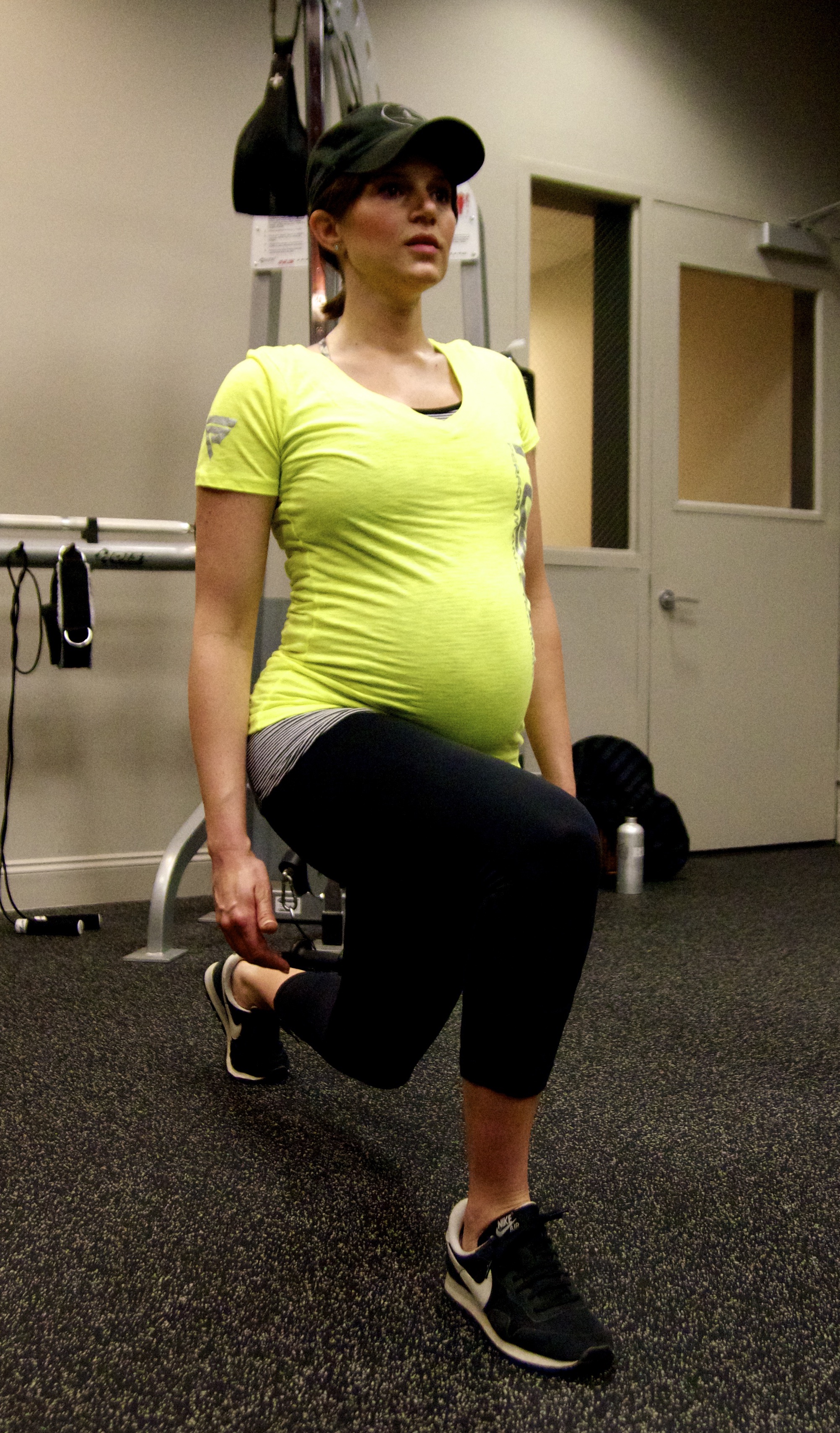
There are numerous benefits to exercising while pregnant such as limiting the length of hospitalization, incidence of cesarean section, and the Apgar scores (1). While every pregnancy is subjective, through our experience resistance training can help minimize prenatal complications, ease of labor, and faster postpartum recovery. Despite pop culture pushing yoga and running, there are other exercise options like resistance training, which has been proven very beneficial and not harmful for prenatal trainees.
Prenatal Training Guidelines
Medical Clearance
The first rule to prenatal training is to do no harm, this means before you do any sort of exercise that you should get medical clearance. Once you’ve received clearance from your doctor then you can go ahead and start training but make sure to follow their guidelines first. If you have a personal trainer you should disclose this information with them or they should talk to the doctor to be on the same page as everyone else (if you feel comfortable with that).

“Talk Test”
Now that you’re feeding for two, your body will be working at a much higher rate. This means that your heart rate will increase, anywhere from 10-20 beats per minute, in short you’re more than likely going to be winded a lot easier. This is why it’s so important to rely on the “Talk Test”, especially if you’re used to training at a certain intensity.
The “Talk Test” is a test for you to monitor the intensity of the workout. The general rule of thumb is that you should be able to carry on a conversation pretty easily as you’re working out, without having to gasp for air. This is important for a few reasons:
- You do not push your body too far.
- It places you in a safer intensity level while training.
- It’s simple to implement.
So make sure to follow the “Talk Test” suggestions. 🙂
It’s All Subjective
Just like regular training, fitness is very subjective regardless if you’re pregnant or not. There are pregnant mothers that have run a marathon, train at very high intensities, do overhead squats, and so on. However we typically do not recommend training at such high intensities or choosing potentially risky exercises. Our general suggestion for our clients is to execute about 50-75% of their previous fitness activity and intensity. With that said, each person will have to still listen to what their body is saying and then adjust accordingly.
So….

Whats In?
Generally speaking I believe general strength training and staying “active” is very beneficial for most prenatal clients. Just make sure that you have medical clearance and follow the above guidelines and you should be solid.
With that said, pretty much all strength training exercise are good to go, as long as you have good form and balance. Exercise such as:
- Lunges
- Squats
- Deadlifts
- Push Ups
- Rows
As we stated earlier, everything is subjective, so if you’re further along in the pregnancy and maybe lacking a bit in the balance department, exercises such as the bulgarian split squat or step ups where you’re heavily relying on your balance probably should be cut out.
What Outs?
Exercises where you’re laying flat on your back for a period of time may not be the best for you. This can potentially place pressure on the venca cava and potentially limit blood flow to the fetus. If this happens, you’ll typically start to feel a little dizzy or nausea so keep an eye out for the warning signs. To avoid this you can prop your upper back with a mat or pillow to create a slight inclined angle.

With that said, exercises such as the glute hip bridge should be ok to do, just listen to your body. This exercise is great to do especially as the relaxin (hormone that allows your body to expand) kicks in and potentially cause lower back and hip pain.
Generally speaking by the 3rd trimester we stay clear of anything that places our clients on their back.
Here are few things we suggest not to do:
- Crunches
- Rotational work
- Extremely heavy lifting
- High impact exercises
When to Stop?
If you’re experiencing any of the below symptoms it’s best to stop exercising and to consult with your doctor.
- Vaginal bleeding
- Dyspnoea before exertion
- Dizziness
- Headache
- Chest pain
- Muscle weakness
- Decreased fetal movement
- Amniotic fluid leakage
Conclusion
As long as you follow the guidelines above, especially #1- “Do No Harm”, then you should be good to go. It’s also important to note that the fitness goal should be focused on maintaining what you’ve built and staying healthy. While this may sound silly to state, it’s hard not to correlate exercising with out focusing on getting into great shape.
I hope this helps, if you have any questions feel free to contact us.
Ps. don’t miss out on a any of our posts and sign up for our newsletter below!
Train smart,
Research

 About the Author
About the Author





Great source of info– I hear a seemingly infinite amount of conflicting advice regarding working out while pregnant, so it’s good to see some definitive info being provided.
Thanks Brian. There is a lot of information out there! Hopefully this a resourceful template for personal trainers and prenatal fitness enthusiasts.